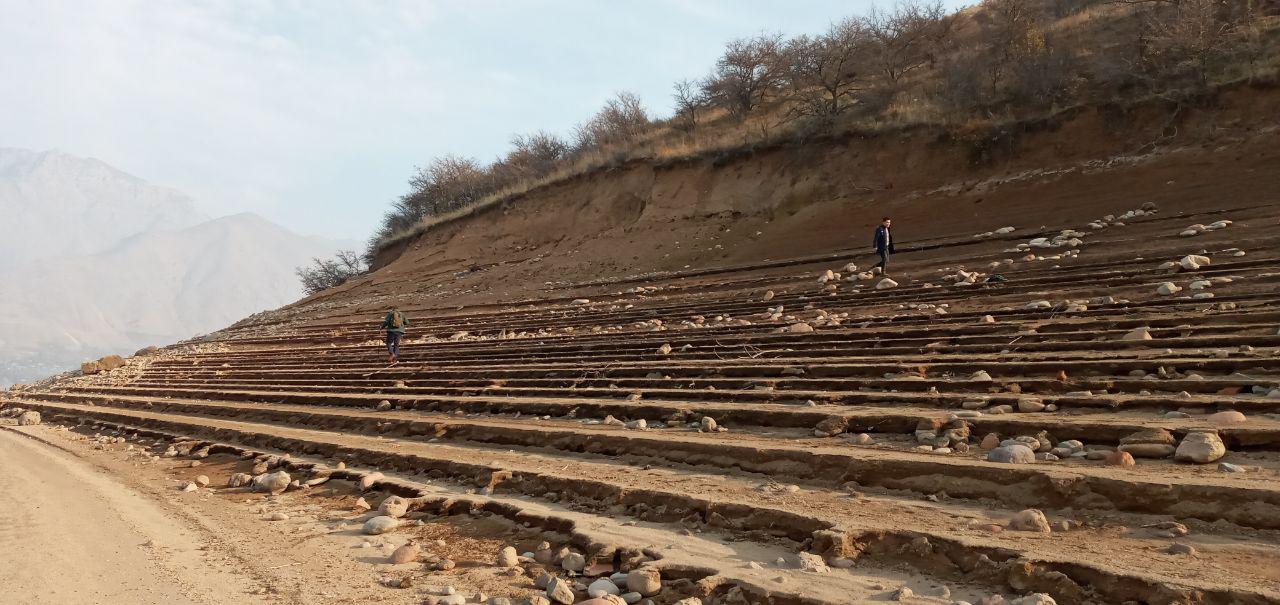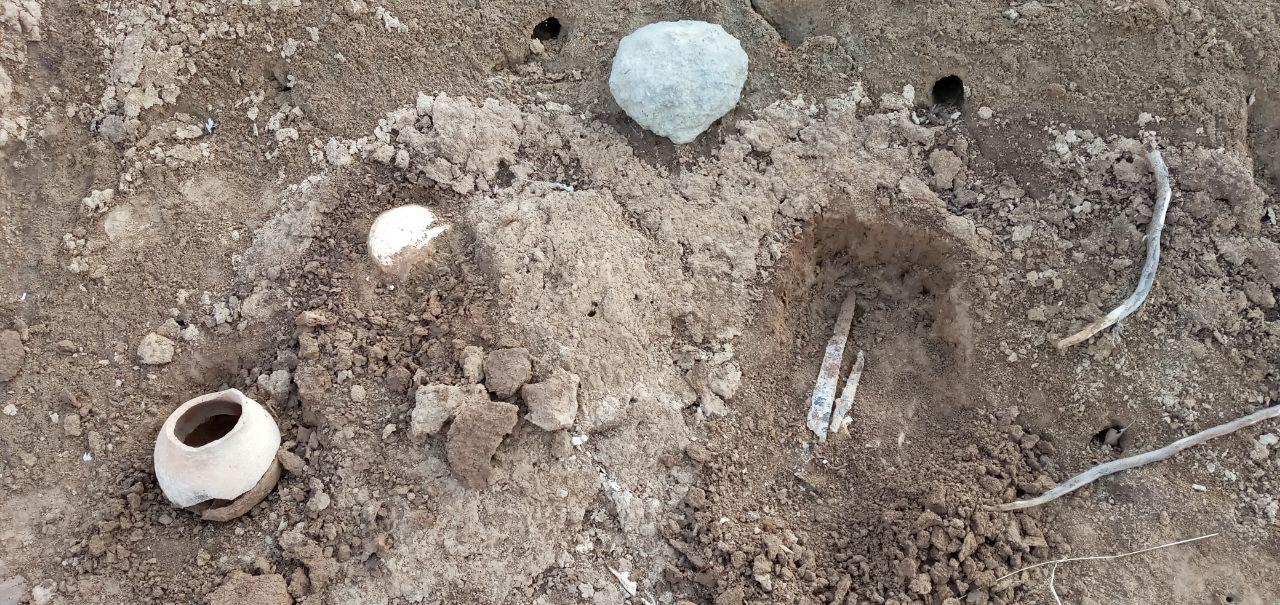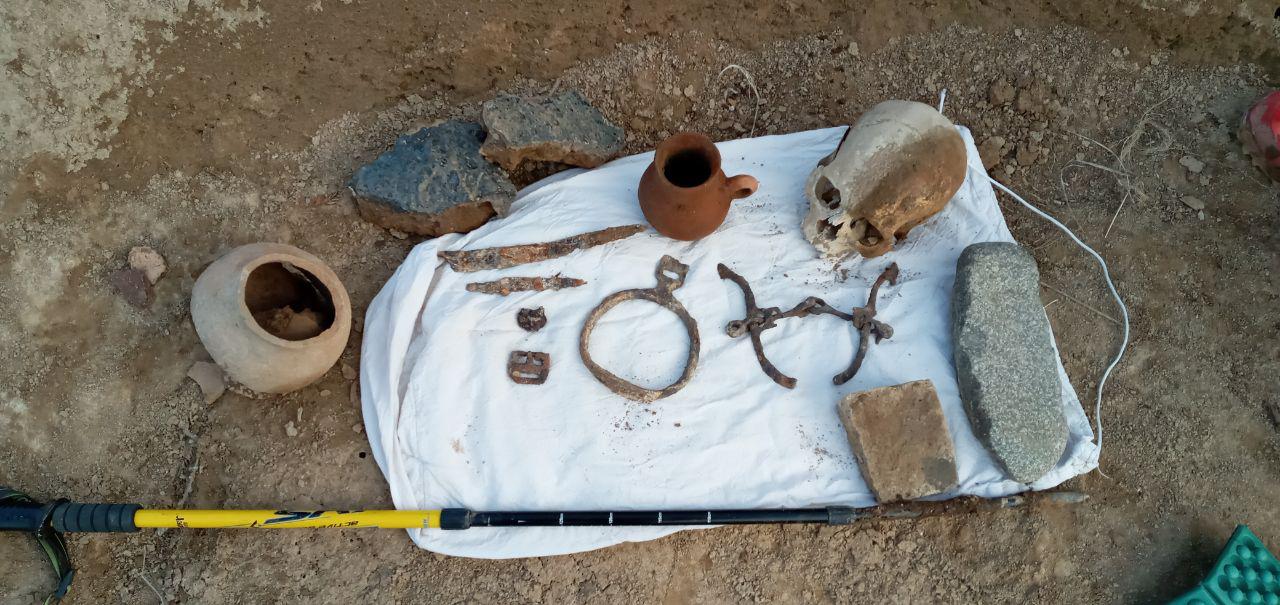Archaeologists of the Academy of Sciences of the Republic of Uzbekistan have discovered a burial ground of Turkic nomadic settlers of the 6th-7th centuries AD in the foothills of the Western Tien Shan, 100 km north-east of Tashkent, at an altitude of 1000 meters above sea level.

This ancient cemetery was exposed to the surface due to mudflows and precipitation that occurred over many centuries. Employees of the National Center for Archeology of the Academy of Sciences of Uzbekistan conducted a one-day field search expedition, which revealed the geographical location and total area of the burial ground, the shape of graves, as well as some ancient finds, including a large number of human bones and skulls, pottery, iron knives , stirrups, bit, buckles, stone grain and walls of the iron processing furnace.


Ancient written sources indicate that in the 6th century AD, a huge empire called the Turkic Kaganate was created on a vast territory from the Black Sea to the Pacific Ocean, which united all the Turkic peoples of Central Asia into one centralized union. The Tashkent region at that time was called Chach and was one of the administrative centers of this huge association. Ancient Chach, located along the caravan trade routes connecting the East with the West, attracted many ancient communities with its favorable mild climate, hundreds of fresh streams, fertile soils, vast steppes, pastures and underground riches.
The finds and monuments of the period of the Turkic Haganate, which played a key role in the origin of the Uzbek people, archaeologists are with great professional interest. The rarity of such finds in the Tashkent region underlines the importance for science of this ancient archaeological site. Therefore, the burial places in this cemetery, which are destroyed from year to year, must be urgently examined and studied. To this end, the National Center for Archeology of the Academy of Sciences of the Republic of Uzbekistan has created a target detachment of employees to study nomadic cultures in the Western Tien Shan region, where large-scale archaeological research is planned.